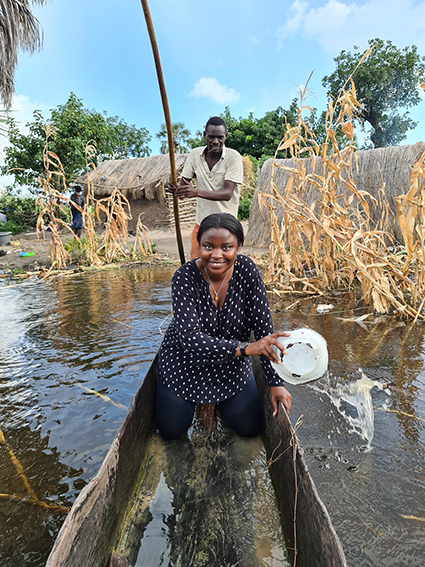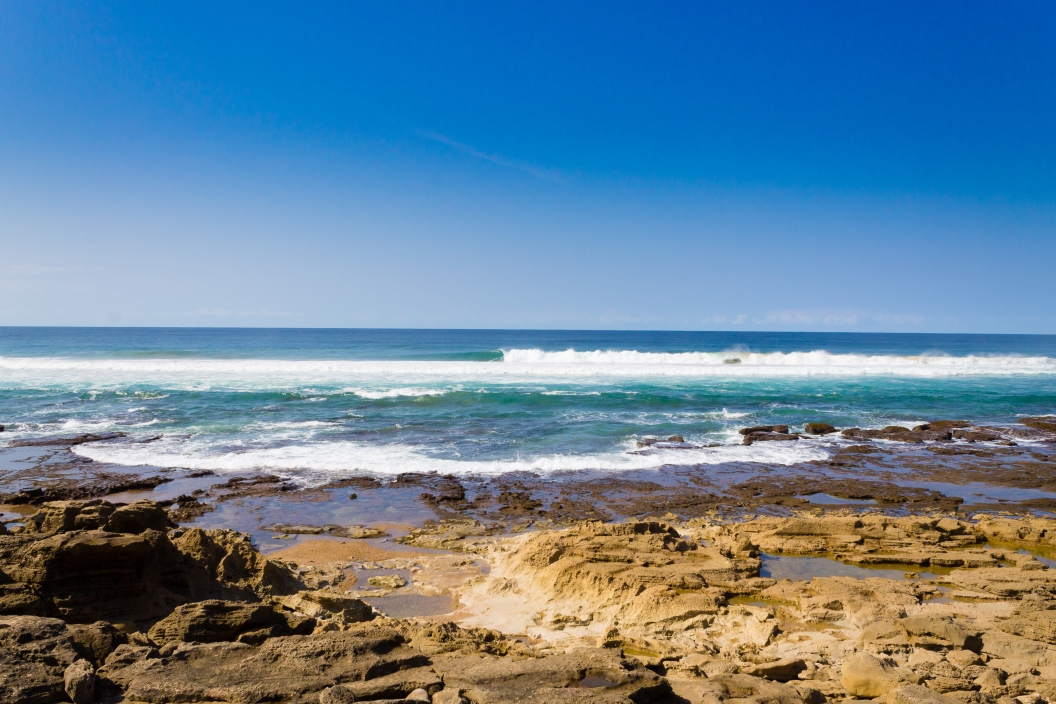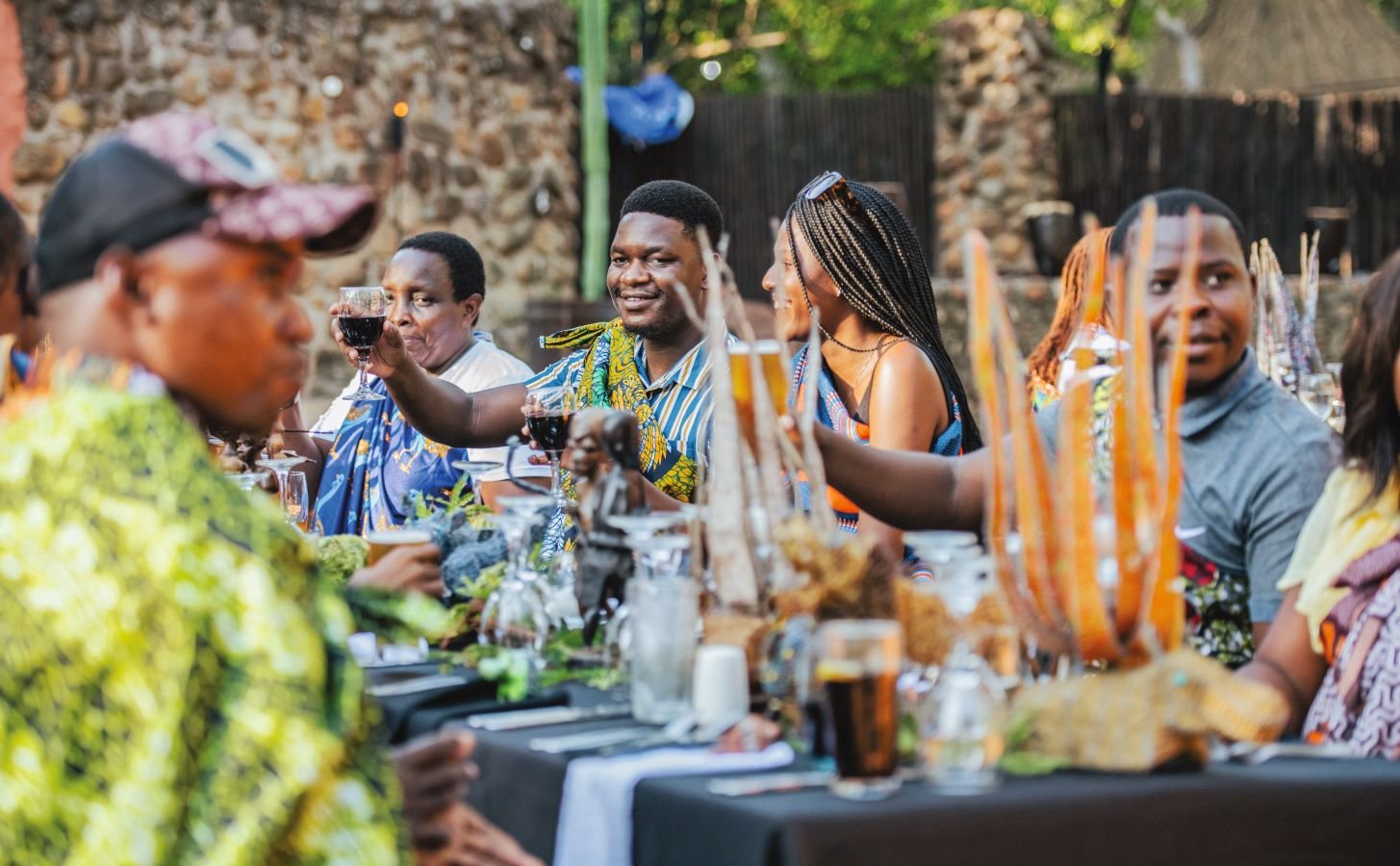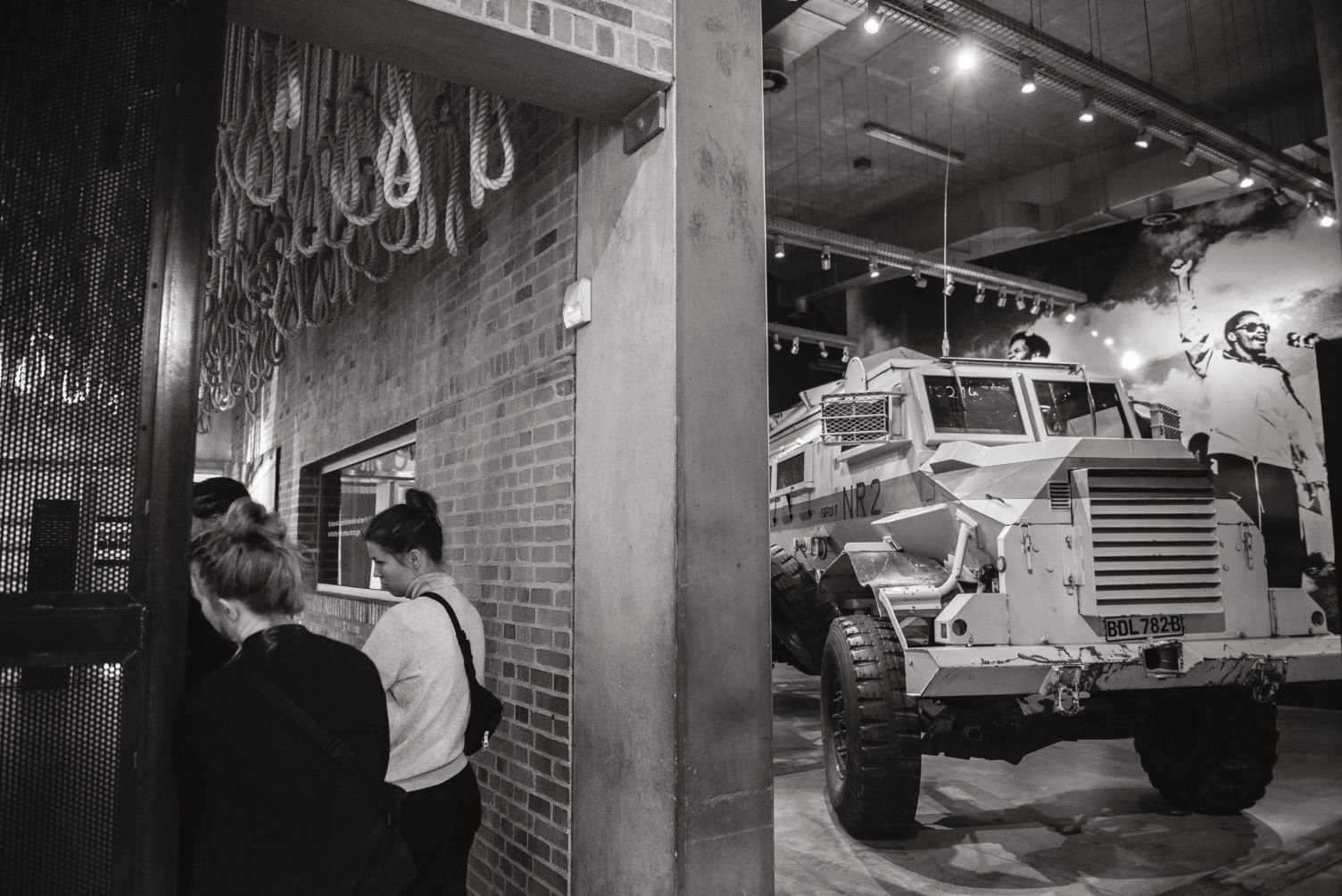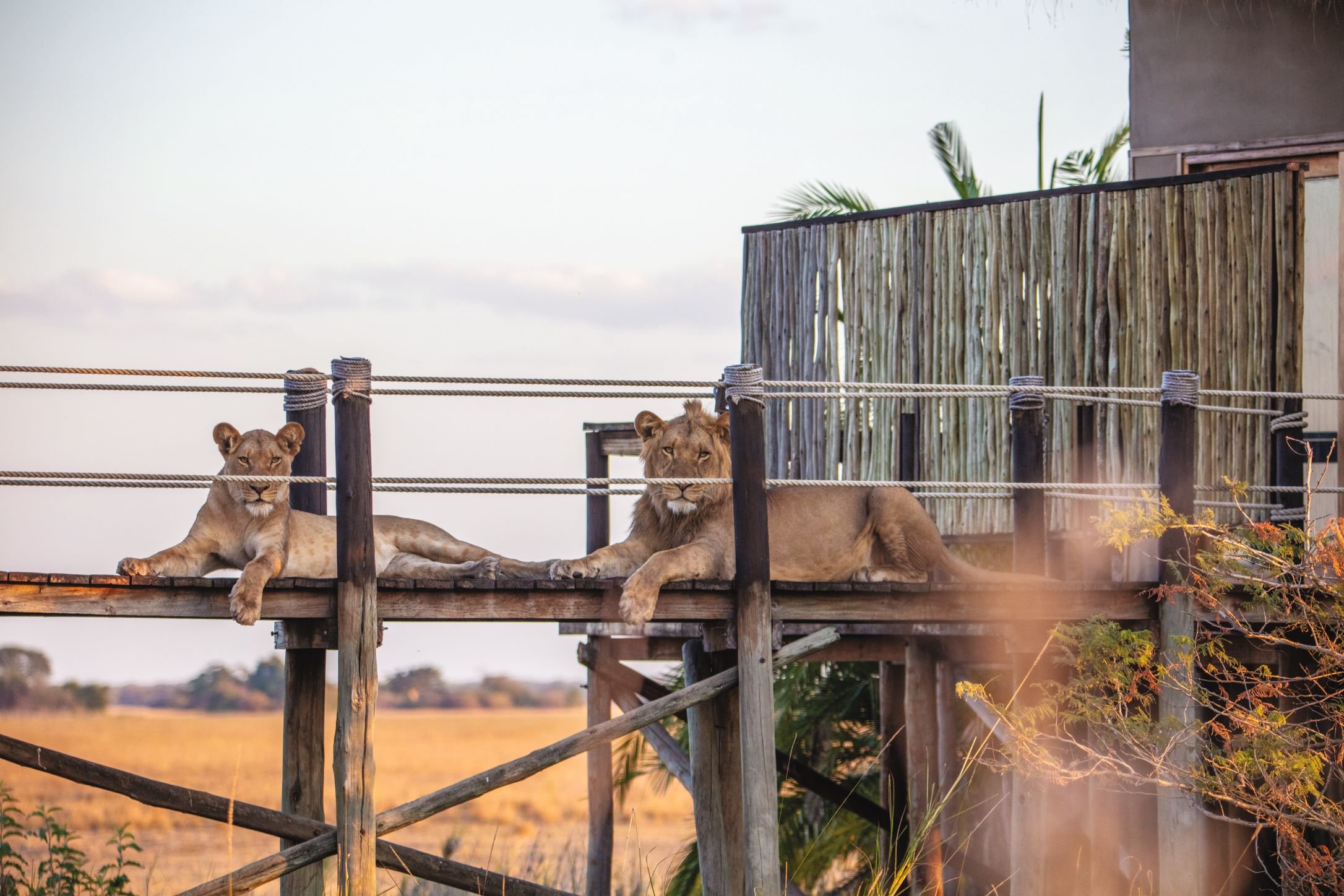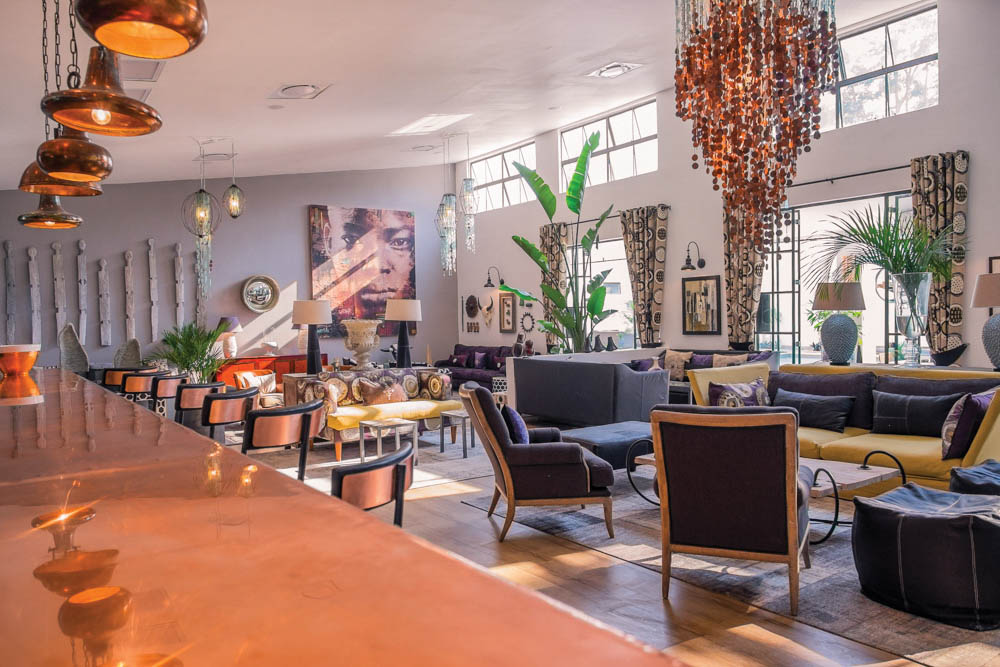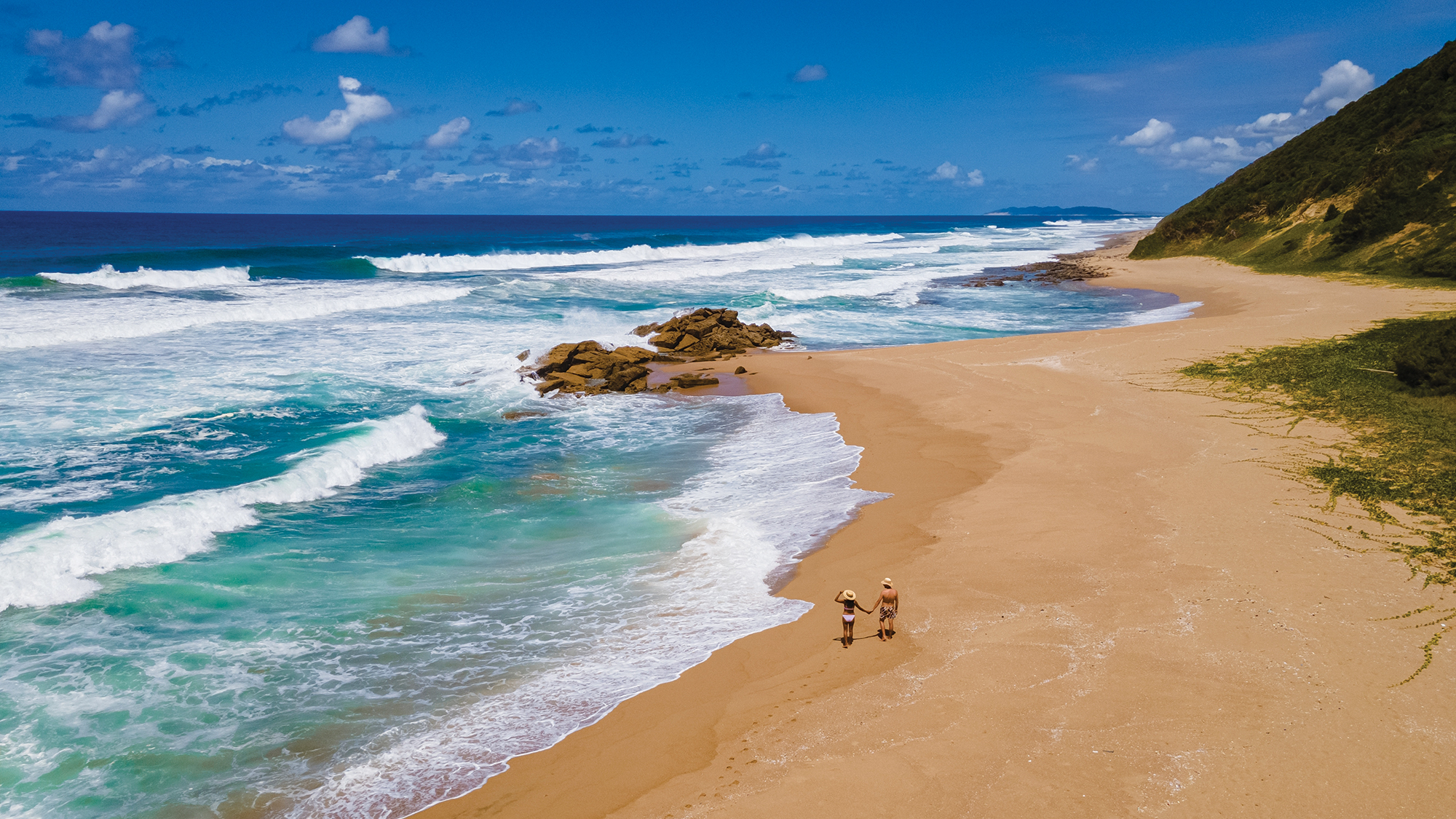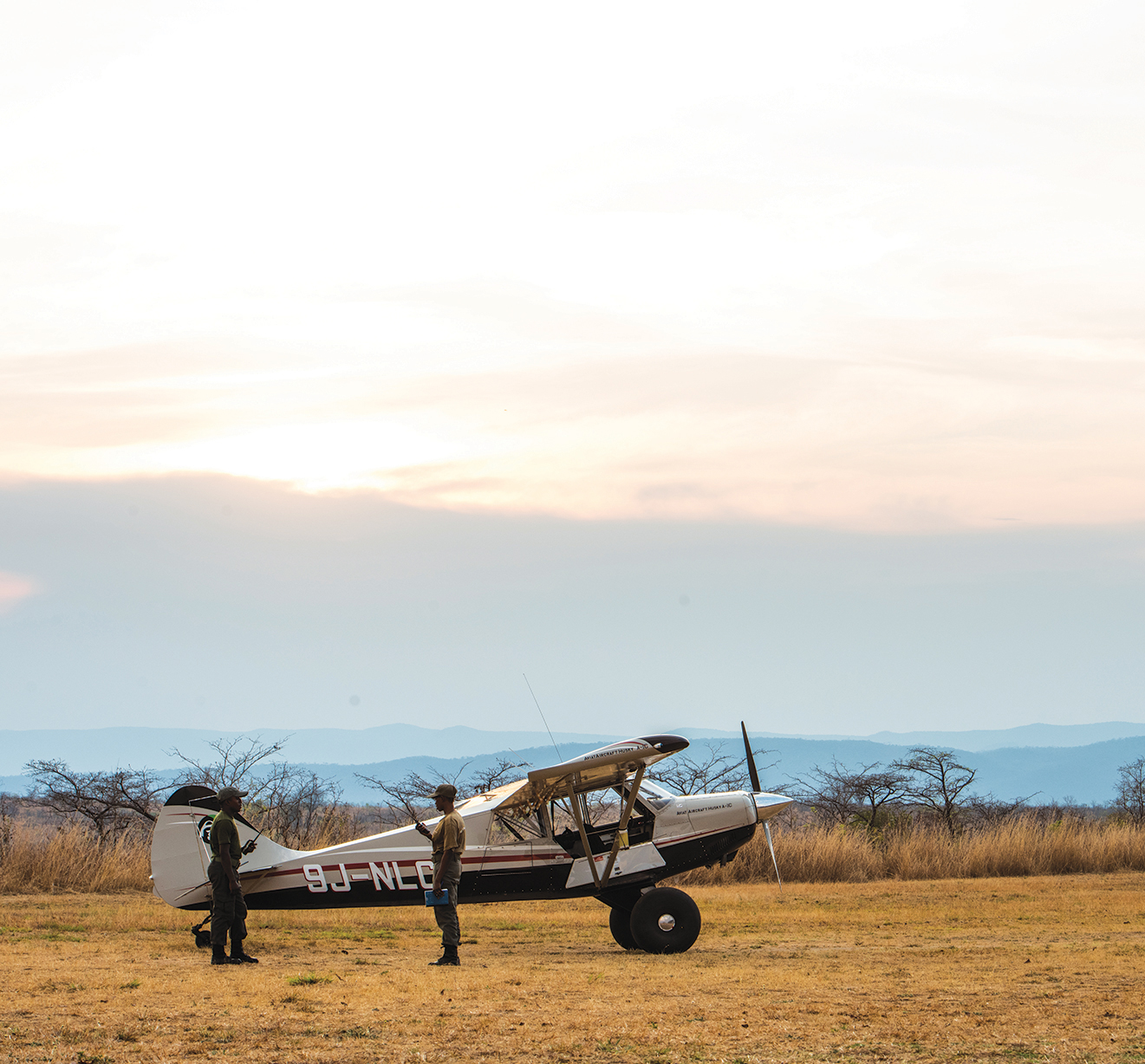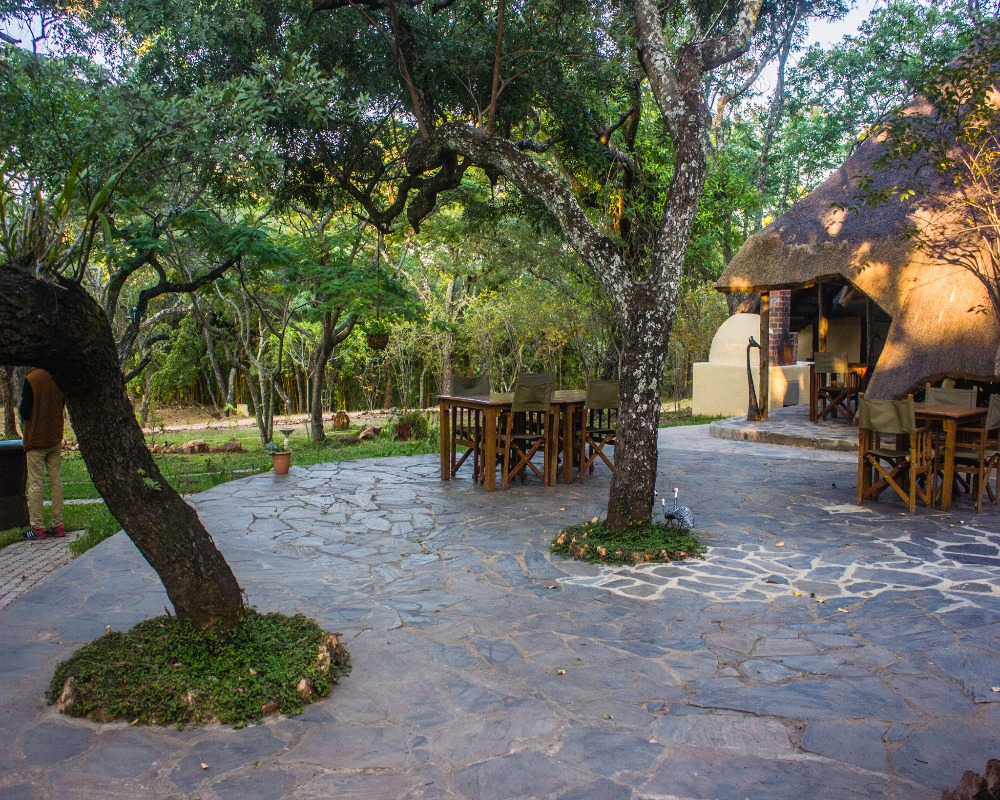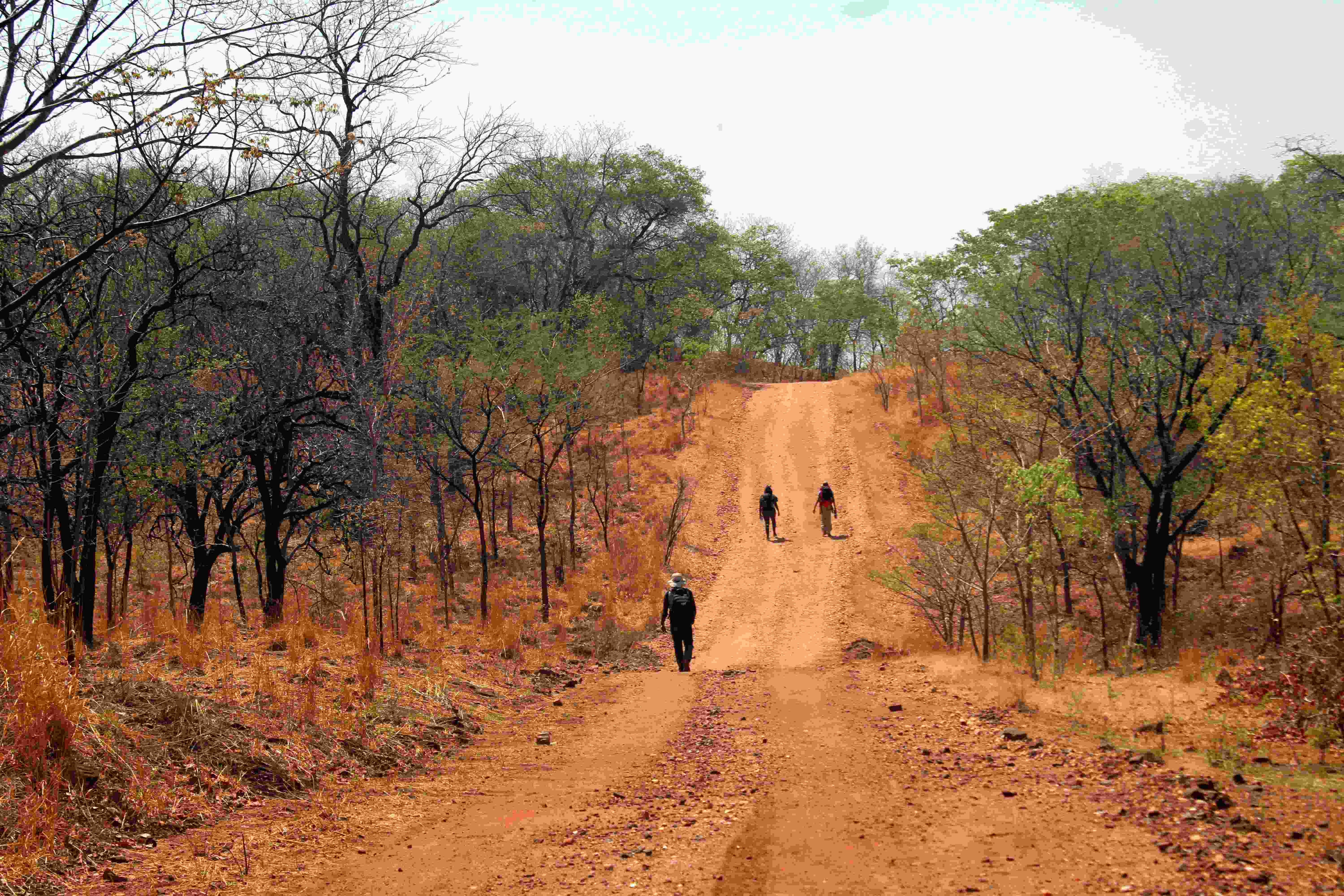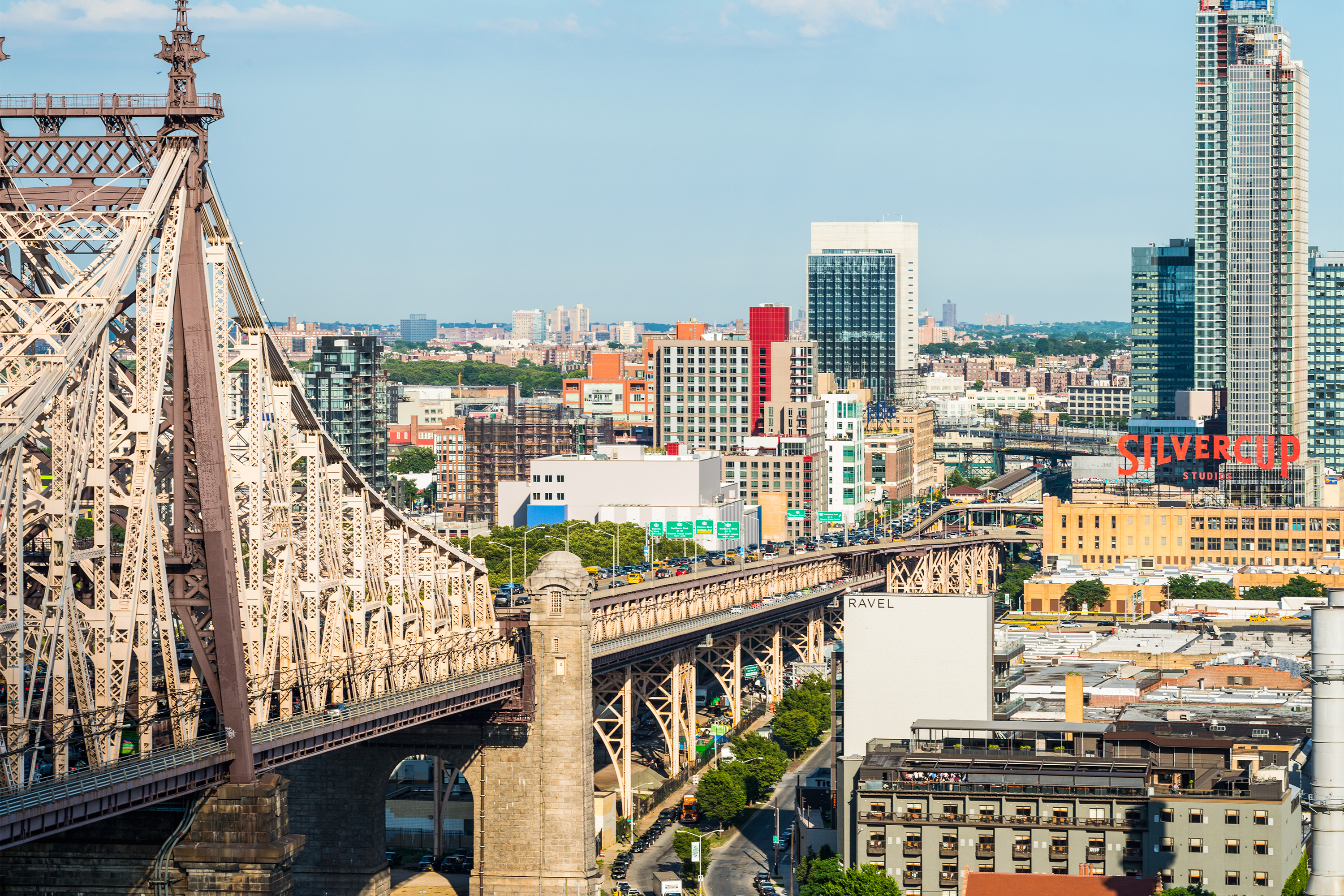Crossing the magnificent Mongu-Kalabo Road that spans the upper Zambezi River in Western Province, the sun is reflected by the broad flood plains melt into the distant horizon. Looking out over the water, remote island villages stand out. They consist of small clusters of houses with a few palm trees on the occasional outcrop of dry land that rises above the water. A few fishermen stand to paddle their mukolo (the Lozi word for dugout canoes fashioned from a single tree trunk) as they go in search of the day’s catch.

Just a few weeks earlier, this vast expanse of water slowly covered bone-dry land, and travelling from Mongu towards Kalabo, it is not hard to see why the rise and fall of Zambezi River influences the annual cycle of life for the Litunga (the king of the Lozi people) and his people who live in this beautiful part of Zambia.
A few kilometres outside Mongu, the causeway road that crosses the plains also provides the best vantage points to watch the sunset. There are laybys and the occasional turnoff where you can park to enjoy the ultimate, but completely uncommercialised sundowner. You need to bring your own beer and there are no fancy decks or manicured lawns. This is authentic Zambia at its best.
It was when I drove out from Mongu late one afternoon to catch the sunset that I met a local fisherman. Nasilele had finished his day’s work and was waiting near the road with his canoe to ferry some people to his nearby village.
We fell into easy conversation, and I was struck by his warmth and willingness to share stories. After he told me about where he was from and how he made his living, we were soon talking about the world-famous Kuomboka ceremony, an annual spectacle where the Litunga is taken in his royal barge by his subjects to dry land. He explained to me that kuomboka means “to go.” As the water levels go down, the return journey is called the Kufuluhela. After each trip, the royal barge is left to sink in the shallow water, and a number of these black and white striped boats can be seen not far from the road across the plains.
Listening to Nasilele, I began to understand why the river plays such an important role in Lozi mythology. One traditional story tells how the god Nyambe created Kamunu, the first human being. Nyambe had decreed that animals should be treated with respect, as siblings. But Kamunu started to kill and eat the animals, which annoyed the god. Nyambe left Kamunu by crossing the Zambezi River, but Kamunu carved a canoe and followed him. Nyambe built a mountain but Kamunu still came after him, and so Nyambe decided to finally escape from Kamunu by going to heaven, cursing the human with sickness and death on his way.
Back in dwindling light, while his passengers waited patiently and the sun finally sank into the water, in true Zambian spirit, I said farewell to Nasilele over a bottle of Mosi. Pushing his mukolo away from the bank, the fisherman offered to give me a tour of his village and teach me how to paddle the canoe if I came back the next day.
The impromptu lesson in the morning turned out to be a thrilling, but somewhat nerve-racking, experience. When I wasn’t learning the art of keeping balance and trying to stay on course through the reeds, I was scooping out the water that seeped into the canoe.
Despite the occasional wobble, I gradually got the hang of how to stand upright and handle the long wooden paddle. As we slowly came closer to Nasilele’s island village, I was received with cheers and laughter from a crowd of children gathered to watch the unusual spectacle of an outsider trying to paddle a canoe. It’s not as easy as it looks.
The village was home to about 150 people, living in traditional mud-walled and thatched family houses. As I walked along the narrow paths between the houses, I came across children playing pool on a makeshift table, using short sticks to hit marbles into corner pockets. Around another corner, Nasilele took me to see a women-only fishing area where nets were stretched across a small inlet of water.
Later the same day, I visited the museum at the Litunga’s palace, just outside Mongu. This small but fascinating collection includes pottery and carved wooden artefacts from the local area and features a display of objects associated with witchcraft and traditional healing. One metal pot is alarmingly labelled as being “for cooking human flesh.” Captioned picture boards tell the story of the history of the Barotse royal family, which is believed to have descended from the gods.
Also at the museum, a crafts shop sells baskets made from the makenge root, a Western Province specialty and the ideal souvenir of a visit to this part of the world.
For those who want to get even closer to the real, day to day life of Mongu, a trip to the fish market is an absolute must. A dense collection of shops and market stalls stand by the side along the water at the end of the canal that stretches from below the town centre to the Zambezi. Sitting under awnings strung from wooden poles, women sell the dried fish that is an important part of the local diet. Walking through the market was a rich experience of unforgettable sounds and sights, and smells.

Leaving Mongu early the next morning, I drove for an hour and a half southward on the road towards Sesheke to reach the Ngonye Falls, just outside Sioma.
The Ngonye Falls (also known as Sioma Falls), 12 meters high and stretching in a kilometer-wide horseshoe shape, are the second largest on the Zambezi. Sadly, the full beauty of Ngonye is hidden by a river island from the bank closest to the visitor center, and because the river was so high, it wasn’t possible to take a boat to cross to the best vantage point.
But having seen photos of the falls from the other side of the river, I wasn’t surprised to learn that when David Livingstone came across the Ngonye Falls in 1855 (two years before he saw the Mosi-oa-Tunya for the first time), he was so impressed that he almost gave the name Victoria Falls to this amazing cascade of white water.
Note to self: time my next trip for when the river is lower, and make sure to carry a boat.
There are no scheduled flights to or from Mongu, so travelling back to Lusaka meant another nine-hour drive along what is (apart from one stretch) a well-maintained road. But they say that travelling in expectation is as good as arriving at the destination, and the drive is itself a highlight of a trip to Mongu. The road crosses the impressive Kafue National Park, bisected by its own mighty river and offering the chance to see animals along the way.
Western Province is a very special part of Zambia – not one of the best-known tourist hot spots, but all the more authentic and charming for that. Barotseland may have disappeared from contemporary maps, but a unique spirit lives on. My visit left a series of distinct impressions of a beautiful part of the country, steeped in history and blessed with some amazing nature. I will be back!
